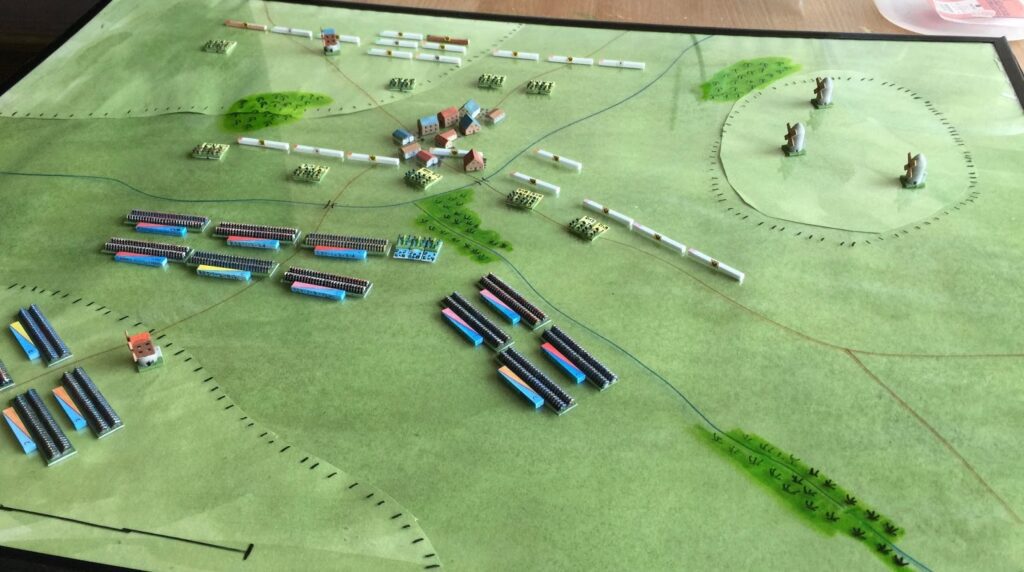In 1899, Henry Michael Temple created a game based on Georg von Reiswitz’s original Kriegsspiel. This war game was popular during the 19th Century when officers used it for battlefield tactics. But what made this game unique?
Kriegspiel is a chess variant in which each player can see just their pieces but not their opponent’s. On their turns, players attempt to move, and an umpire declares their movements “legal” or not. If the move is illegal, the player must try again; if the activity is legal, it remains in effect.
How Does Kriegspiel Work?
Each player may see their pieces in this game, but not their opponent’s. As a result, a third human or computer acting as an umpire with complete information about the game’s progress is required.
On their turns, players attempt to move, and the umpire declares their movements legal or illegal. If the move is illegal, the player must try again. However, if the action is legal, it remains in effect.
Information concerning checks and captures is sent to each player. They could also ask the umpire if there are any excellent pawn captures. Kriegspiel is a game of imperfect knowledge since the position of the opponent’s pieces is unknown. On the Internet Chess Club, Kriegspiel is called Wild 16. (Source: Chess Variant Pages)
What are the Rules for Playing Kriegspiel?
Kriegspiel has several different rule sets. The rules used on the Internet Chess Club, where Kriegspiel is known as Wild 16, are the most often utilized. The following are the rules:
Three boards are used in the game: one for each player and one for the umpire and spectators. Each opponent only knows the exact location of their pieces and has no idea where the opponents are, but can keep track of how many there are. Only the umpire knows the position of each play in the game. The following is how the game sequence goes:
The umpire declares which player goes first. Either white or black to move. When one’s pawn can capture an opponent’s pawn or piece, the pawn tries.
The umpire also shows the player who can make the capture the square on which the capture is possible. This provides additional information and saves both players the trouble of starting each turn by attempting all possible pawn captures. Because pawns do not move in the same way they capture, this is achievable without risk.
As a result, the action is prohibited if no capture is possible. If the pawn is pinned or completing the capture would expose the king to check, a pawn try is not announced. The fact that these are en-passant pawn tries is not mentioned.
Pawn went when a pawn is captured. The piece has gone when a piece is captured, when the attempted move is illegal, given the opponent’s position. For example: moving the king into check; moving a queen, rook, bishop, or pawn through squares occupied by the opponent’s pieces; advancing a pawn into a square occupied by the opponent’s pieces.
Hell no or Impossible when the attempted move is always illegal regardless of the opponent’s position. For example, moving a bishop as if it were a knight. (Source: Chess Variant Pages)
